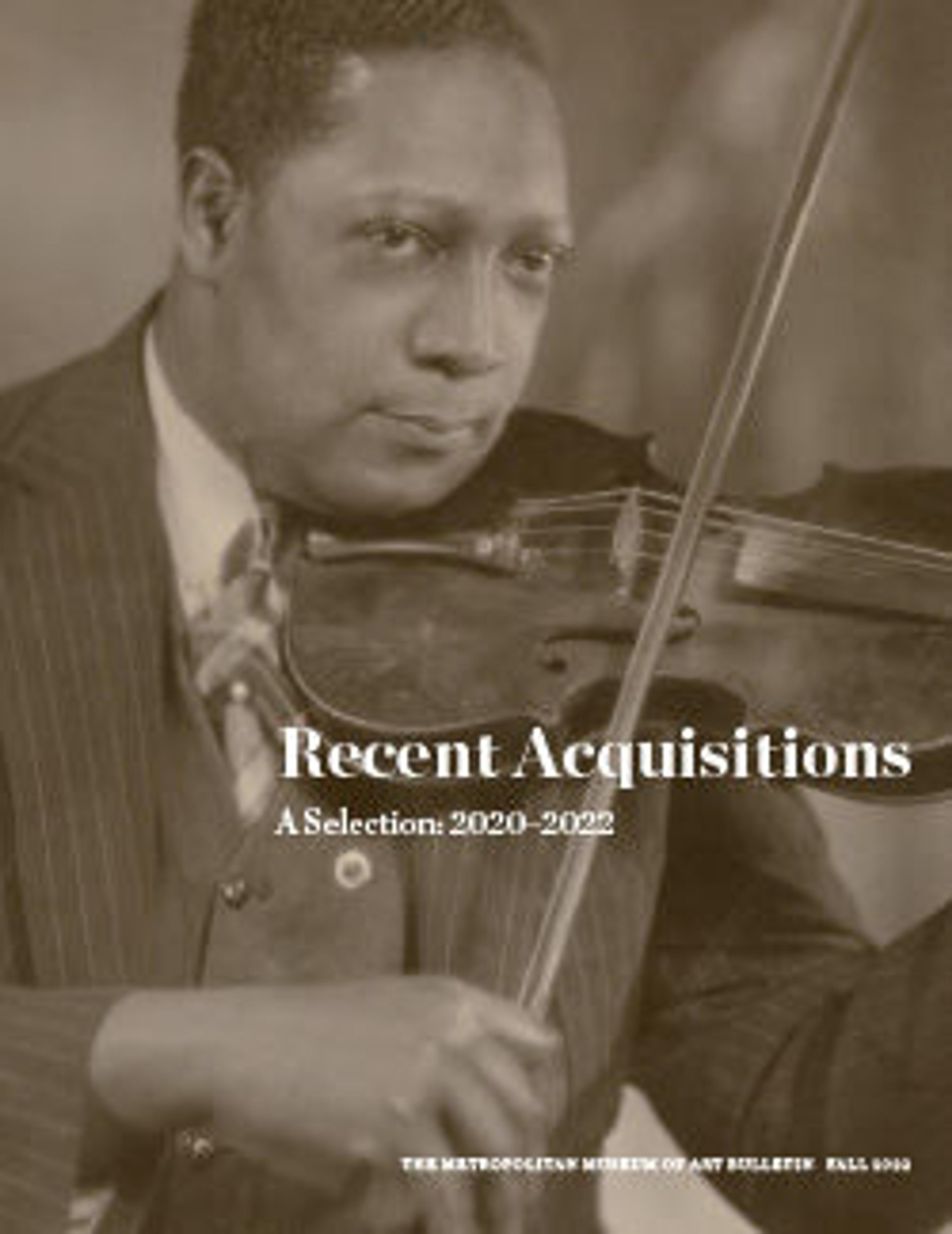Bodhidharma in Red Robes
This picture of Bodhidharma, the fifth-century Indian monk credited with transmitting Zen Buddhist teachings to China, was likely used in ritual services at a Zen monastery. Its efficacy pivots on its ability to convey the monk’s essential message of self-reflection in the pursuit of awakening—“Look inward to become a buddha”—through the gaze of the patriarch. The artist used a series of bold, layered lines in combination with washes of vermilion to render Bodhidharma’s characteristically red robes and guide the viewer’s eye to the center of the picture. There the Zen master meets the adherent with a penetrating look, calling to mind the nine years he is said to have sat in meditation, staring at the wall of a cave.
Artwork Details
- 朱衣達磨像
- Title:Bodhidharma in Red Robes
- Artist:Kano Masanobu 狩野正信 (Japanese, ca. 1434–ca. 1530)
- Period:Muromachi period (1392–1573)
- Date:late 15th century
- Culture:Japan
- Medium:Hanging scroll; ink and color on paper
- Dimensions:Image: 35 7/8 × 17 5/8 in. (91.2 × 44.8 cm)
Overall with mounting: 74 7/8 × 23 13/16 in. (190.2 × 60.5 cm)
Overall with knobs: 74 7/8 × 25 3/4 in. (190.2 × 65.4 cm) - Classification:Paintings
- Credit Line:Purchase, Mary Livingston Griggs and Mary Griggs Burke Foundation and The Miriam and Ira D. Wallach Foundation Funds, and The Vincent Astor Foundation Gift, 2022
- Object Number:2022.47
- Curatorial Department: Asian Art
More Artwork
Research Resources
The Met provides unparalleled resources for research and welcomes an international community of students and scholars. The Met's Open Access API is where creators and researchers can connect to the The Met collection. Open Access data and public domain images are available for unrestricted commercial and noncommercial use without permission or fee.
To request images under copyright and other restrictions, please use this Image Request form.
Feedback
We continue to research and examine historical and cultural context for objects in The Met collection. If you have comments or questions about this object record, please contact us using the form below. The Museum looks forward to receiving your comments.
